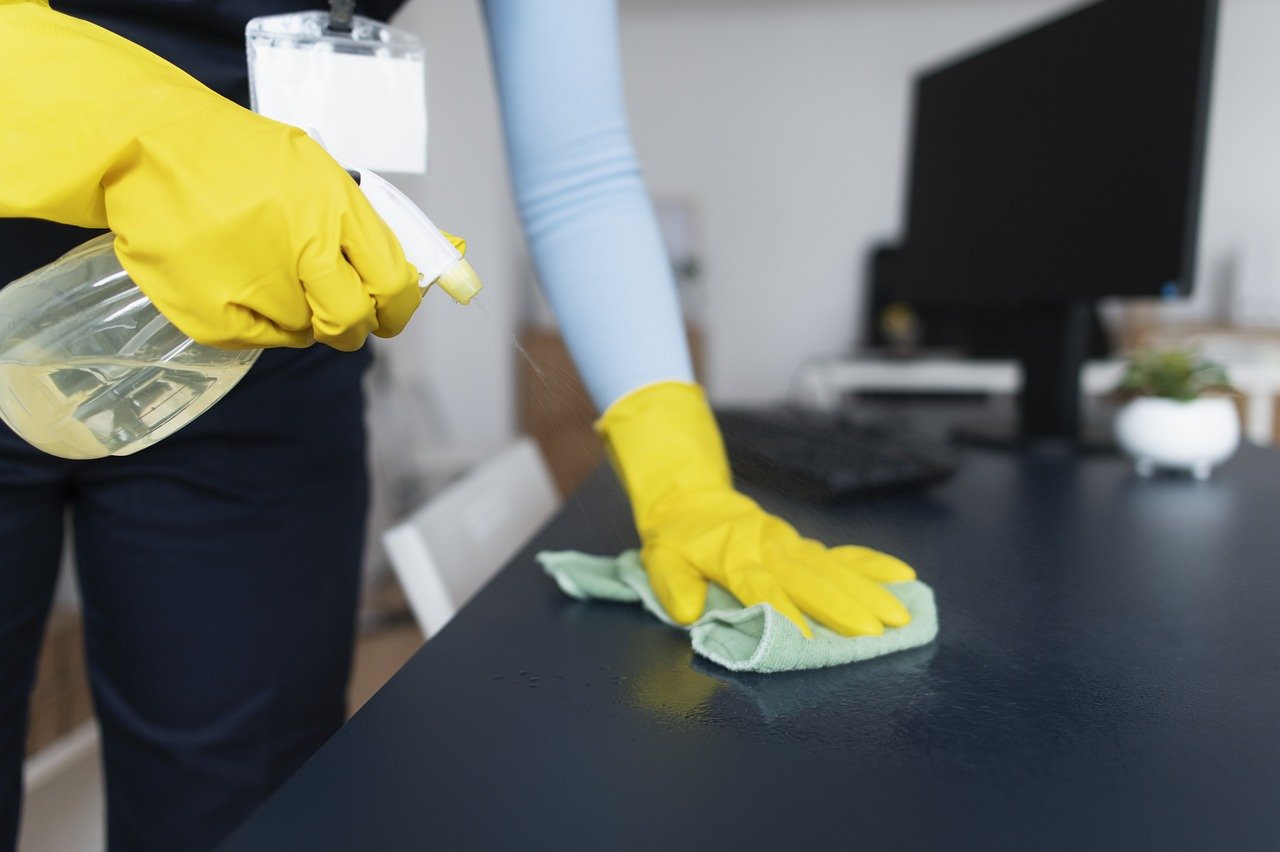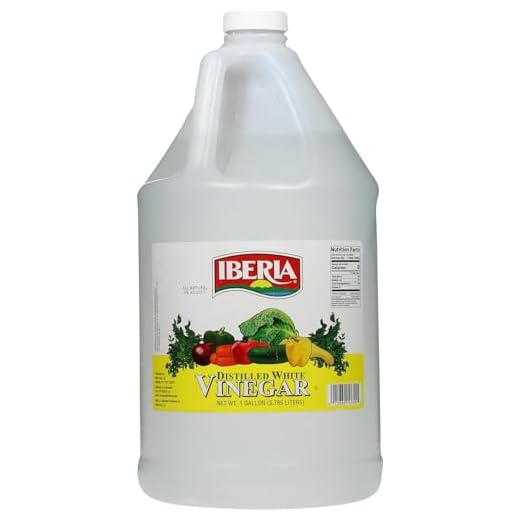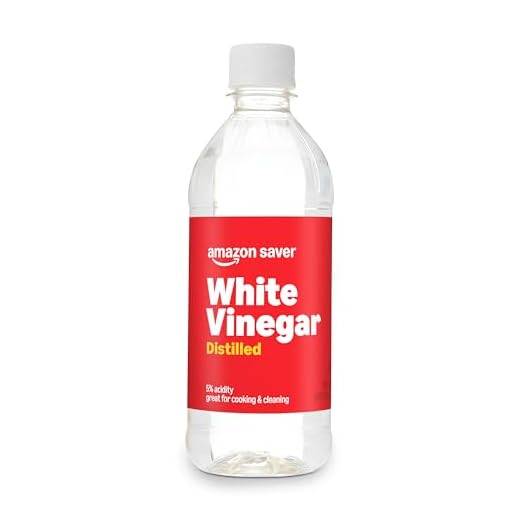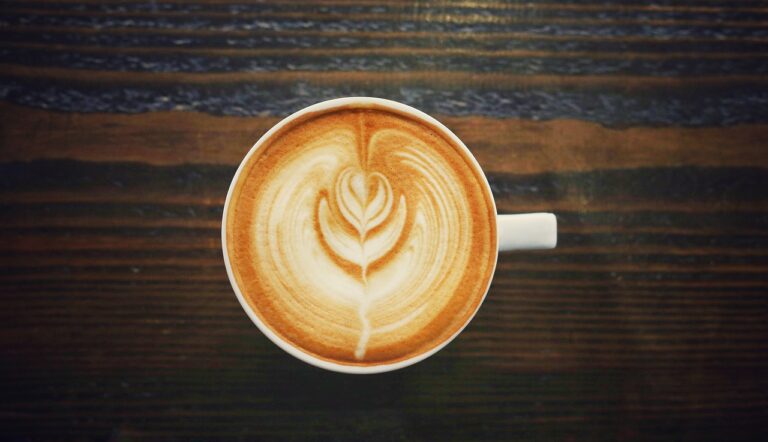Meet the Mighty Bottle: Vinegar to the Rescue
I know cleaning feels endless, so meet VINEGAR, your cheap, eco-friendly hero. Crazy fact: people used vinegar to clean homes for thousands of years. It cuts grease and dissolves mineral deposits, but it won’t replace strong disinfectants and saves money.
What You’ll Need (Hint: Mostly Things You Already Own)
Cleaning with Vinegar: All You Need to Know to Save Money
Dilute Like a Pro: Mixing Safe, Effective Solutions
Why stronger isn’t always better—do you really want to bathe your countertops in acid?Mix precise ratios: 1:1 (vinegar:water) for heavy degreasing (stovetops), 1:4 for general cleaning (counters, tile), 1:10 for light glass/mirror sprays. Use warm — not boiling — water for degreasing to help cut grease; use cool or room-temperature water for glass to reduce streaks.
Label bottles clearly: write the ratio, contents, and date on the bottle (example: “1:4 Vinegar:Water — 08/2025”).
Scent naturally: tuck citrus peels into a jar of vinegar for a week, then strain; or add 5–10 drops of essential oil (lemon, lavender) per 16 oz spray.
Never mix chemicals: do not mix vinegar with bleach (acid + bleach → chlorine gas — dangerous!). Do not mix vinegar with hydrogen peroxide (forms peracetic acid — an irritating oxidizer). Remember: chemistry is powerful, not a cocktail hour.
Test first: spray an inconspicuous patch and wait 5–10 minutes to check for color or finish changes.
Choose bottles: pick a fine mist for glass and plants, a stream or trigger for scrubbing jobs. Store mixtures in a cool, dark place away from heat and direct sunlight.
Glass and Mirrors: Sparkle Without Streaks
Can vinegar really beat commercial glass cleaners? Spoiler: yes, and it won’t cost an arm and a streak.Mix a 1:10 vinegar-to-water solution in a spray bottle (example: 1 oz vinegar + 10 oz water).
Spray lightly onto the glass; work in small sections so the solution doesn’t dry mid-clean — for a sliding door, spray a 2×2 ft area at a time.
Wipe with a lint-free microfiber in vertical strokes to remove dirt and drips.
Buff with a dry microfiber in horizontal strokes to remove streaks and leave a mirror finish.
Remove heavy grime first on very dirty glass: mix 1:1 vinegar:water, apply with a soft sponge, rinse, then follow with the 1:10 method.
Avoid common pitfalls:
Treat stubborn water spots by applying undiluted vinegar, let sit 3–5 minutes, scrub gently with a non-abrasive pad, then rinse.
Protect painted trim and sealed frames: test a hidden spot, wipe off vinegar promptly, and dry to prevent finish damage.
Kitchen Deep Clean: Degrease, Deodorize, Delight
A magic trick for ovens and sinks—no toxic smoke, just satisfying sizzle (well, sort of).Soak stovetop grates and oven racks in a hot 1:1 vinegar:water bath for 30–60 minutes (or overnight for stubborn grime).
Sprinkle baking soda on stuck-on spots and scrub with a scouring pad or brush to lift baked-on grease — the fizz helps pry it loose.
Heat a microwave-safe bowl of 1:1 water and vinegar for 3–5 minutes, let steam sit 2 minutes, then wipe down splatters with a microfiber cloth. For burned-on spots, reheat briefly and scrub gently.
Pour ½ cup baking soda into the sink/drain, then slowly add 1 cup vinegar. Let the fizz work for 10–15 minutes, then flush with boiling water to clear odors and light clogs.
Follow safety tips:
Impress guests: drop lemon peels in the sink or add a single drop of lemon essential oil to the rinse water for a fresh, zesty finish.
Bathroom Rescue: Mold, Mildew and Shine
Banishing mildew with pantry chemistry—doesn’t get more domestic superhero than this.Use a 1:1 vinegar:water solution in a spray bottle for grout and mildew-prone areas. Spray liberally, let sit 10–15 minutes, then scrub with a stiff brush (think toothbrush-sized battle plan) and rinse thoroughly.
Treat glass shower doors with the glass technique: spray, wipe with a microfiber cloth, then squeegee after every shower to prevent soap scum build-up. Repeat a deep clean weekly if you skip the squeegee like the rest of us.
Soak a soft cloth in plain vinegar, wrap it briefly around chrome fixtures for 5–10 minutes to dissolve water spots, then buff dry immediately to avoid pitting and restore shine.
Pour 1 cup vinegar into the toilet bowl, let sit overnight, then brush and flush in the morning for deodorizing and light stain removal.
Special Cases: Floors, Fabrics, and Appliances
From laminate to laundry—will vinegar ruin grandma’s heirloom rug? Probably not, but test first.Small Bottle, Big Impact
Try swapping vinegar for many harsh cleaners—it’s cheap, effective, funny to explain; remember it won’t mix with bleach or suit stone or delicate fabrics, so test, ventilate a little. Ready to replace a bottle, rescue the planet with a wink?











Love the eco angle. My neighbors think I’m weird for carrying a vinegar spray like it’s a perfume, but hey — cheaper than those fancy aerosols. 😆
Quick question: the guide mentions floors — is vinegar safe for hardwood? I’ve heard conflicting things.
Great question. Use a very dilute mix (about 1/2 cup vinegar to a gallon of water) and avoid soaking the wood. Test a small area first; for waxed/unfinished wood, skip vinegar.
Okay real talk: I used straight vinegar on a ceramic stove burner once because I was lazy. It cleaned the grime but the smell lasted all night and I practically scented like a salad dressing the next morning. 🌿🤣
Anyway, this guide’s dilution rules are the reason I now measure. Also, shoutout to the ‘Small Bottle, Big Impact’ section — cute and accurate.
Would love a printable cheat-sheet for ratios to stick on the inside cabinet door.
Also pro tip: open a window, even a little. Ventilation is underrated!
Adding another tip: a splash of vanilla extract on a cotton ball in the room (not on surfaces) can neutralize odors temporarily.
Ha! Noted on the cheat-sheet — we’ll consider adding a printable ratio card. And yep, measure away to avoid the salad-scent effect.
If it helps, put a small bowl of coffee grounds in the kitchen overnight to absorb the vinegar smell. Strange but effective.
Love the printable idea. I made one in notes app and taped it inside the cleaning cupboard. Saved my laziness many times.
Bathroom rescue part saved me. That moldy grout looked impossible until I used a paste of baking soda + vinegar and an old toothbrush.
Be careful though: it can be abrasive on colored grout, so test first. Also, use gloves — smelled like science class 😂
Love the paste method — works well for grout. Agree on testing first and using ventilation.
Seconding the test-first advice. My grout faded a bit after aggressive scrubbing, so gentle is better.
Glass and mirrors section: wiping in vertical strokes one side, horizontal the other worked for me — you can tell which side has streaks faster. Also, use microfiber, not paper towels.
Little tip: if you still get streaks, wipe with distilled water final pass.
Newspaper trick is old but gold — anyone else still do that? 😂
Nice technique — vertical/horizontal test is a great quick check. Distilled water is an excellent final pass for hard water areas.
I switched to vinegar for kitchen counters and it degreases well, but pro tip: wipe with plain water afterwards to avoid any lingering tang on cutting boards. No replies needed, just sharing.
Wanted to add a few nuanced points after trying the guide for a month:
1) Appliances: run an empty vinegar cycle in the washing machine every 1-2 months to clear residue.
2) Fridges: use a 1:1 mix, but don’t spray directly on wooden shelves — use a cloth.
3) Floors: stone and marble hate vinegar — use pH-neutral cleaners instead.
The guide covered most of this but I think emphasizing ‘not for natural stone’ more would help newbies avoid mistakes.
Excellent additions, Priya. We’ll make the stone/marble warning more prominent. Thanks for the appliance tips too.
Also adding: for fridges, remove shelves and wash separately when possible to avoid oversaturation of wood or cardboard components.
Agree on the stone warning — learned the hard way with a marble tile that got dull.
Heads up for anyone thinking of using vinegar on fabrics: it can set some stains (weird, I know). I used a diluted rinse on an old towel and it was fine, but my daughter’s dress lost some color when I wasn’t careful.
Lesson: always test inside seam or hem before treating the whole item.
And avoid using vinegar with some detergent boosters — check labels if you’re unsure.
To add: white vinegar generally safe for most, but never on silk or wool. Use specialty cleaners for those.
Thanks for sharing that experience, Miguel. Good reminder — colorfastness tests are important, especially on delicate or bright fabrics.
Also, for machine laundry, add 1/2 cup vinegar to the rinse cycle as a deodorizer — works great for gym clothes.
I like the no-toxic angle. One minor critique: maybe include a short bit about when vinegar isn’t enough and you should use a stronger product (or call a pro) — like major mold infestations.
Great point, Noah. We should clarify limits of vinegar. We’ll add a section advising when to call professionals (large mold areas, structural issues).
Appliances section was clutch. I did the coffee maker descaling with vinegar and it tasted better afterward. Just a tip: run two water-only cycles after to be safe.
Also, for oven grime, vinegar helps but don’t expect miracles on baked-on cheese — elbow grease still required.
Thanks Laura — excellent procedure for coffee makers. And yes: sometimes physical scrubbing is unavoidable.
For ovens, a paste of baking soda and water overnight then vinegar spray works wonders. Let it sit and then scrape gently.
This guide is gold. I started using the 1:1 water-vinegar mix on my shower tiles and honestly, mold spots are way less stubborn now.
I also tried the glass trick (just a splash, don’t overdo it) and my mirror stopped fogging as badly after showers.
One thing I learned: don’t mix with bleach — duh — but remind the roommates! 😂
Anyone else try adding a few drops of essential oil to mask the vinegar smell? Works for me with lemon oil.
Thanks for the clear steps, especially the ‘Dilute Like a Pro’ bit — super practical.
Thanks Sophie — glad it worked! Lemon or lavender oils are great for scent. Good tip about reminding roommates — safety first.
I do 1:1 + a couple drops of orange oil. Smells like cleaning, not a science experiment. Pro tip: shake the spray before use.
I tried the mirror trick but still got streaks until I used crumpled newspaper. Old school but solid. 🙌